SOURCE: IDRW.ORG.
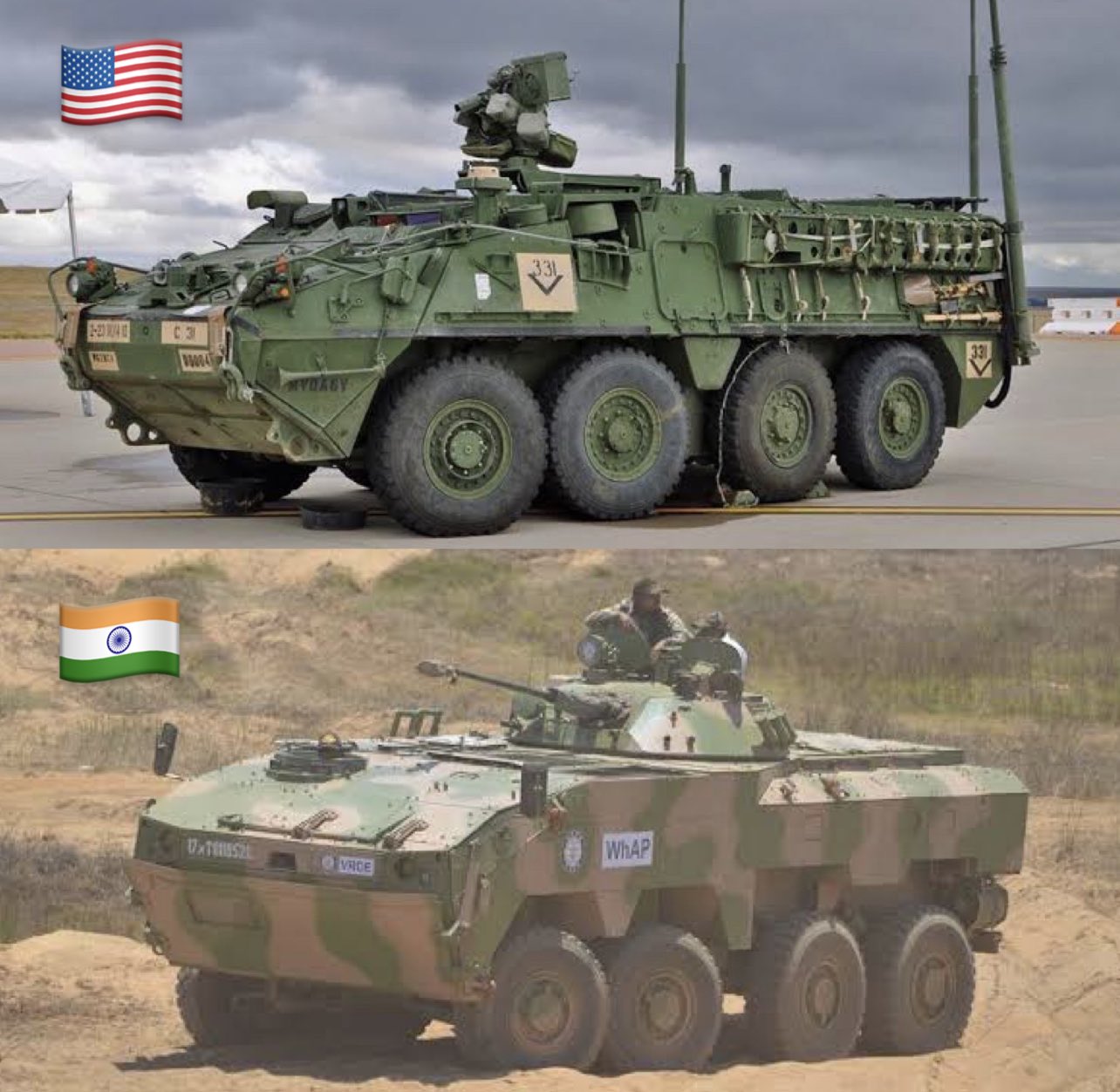

Amid deteriorating diplomatic relations between India and Canada, industrial partners involved in India’s Wheeled Armoured Platform (WhAP) program are urging the Ministry of Defence (MoD) to reconsider its plans to procure Stryker armoured vehicles from Canada. The indigenous WhAP program, a joint initiative between DRDO and Tata Advanced Systems, offers a competitive alternative and has gained international traction, including potential orders from Morocco.
WhAP’s partners like Tata, Mahindra, and Kalyani are developing their own variants of the vehicle, making it a viable and homegrown substitute. With diplomatic tensions rising, defense experts in India are also advocating for India to withdraw from talks with U.S. officials concerning Canadian defense assets.
Continue readingSOURCE: IDRW.ORG.


In a recent discussion on The Gaurav Arya Podcast, Air Marshal Anil Khosla, former Vice Chief of Air Staff (VCAS) of the Indian Air Force (IAF), emphasized the need for a phased procurement approach for Rafale fighter jets rather than purchasing them in bulk under the Multi-Role Fighter Aircraft (MRFA) tender. This suggestion aligns with previous recommendations from former Chief of Defence Staff General Bipin Rawat and former Defence Minister Manohar Parrikar, both of whom highlighted the financial strain and opportunity costs that a bulk procurement could impose on other critical defense programs.
Khosla’s rationale for phased acquisition revolves around the rapid evolution of fighter jet technology. A staggered purchase of Rafales would allow the IAF to benefit from upgrades and newer systems integrated into each batch, keeping India’s fleet at the cutting edge. He noted that buying all 114 jets in one go, as proposed in the MRFA tender, could lead to outdated technology by the time the entire fleet is delivered. By splitting the procurement into phases, the IAF can integrate the latest avionics, sensors, and weaponry with each successive batch of Rafales, ensuring the fleet remains modern and relevant for longer.
Continue readingSOURCE: RAUNAK KUNDE / NEWS BEAT / IDRW.ORG


Air Marshal A.P. Singh has been appointed as the new Chief of the Air Staff (CAS) of the Indian Air Force (IAF), succeeding Air Chief Marshal Vivek Ram Chaudhari. This leadership change has sparked speculation about potential shifts in IAF priorities, particularly concerning the long-stalled Medium Range Fighter Aircraft (MRFA) procurement program.
Air Marshal Singh’s close association with the Tejas Light Combat Aircraft (LCA) program raises expectations for increased focus on this indigenous fighter jet. His prior experience as project director for flight testing of the Tejas Mk-1 at the National Flight Test Centre suggests a deep understanding of the program’s potential. This could lead to renewed efforts to expedite the Tejas’ integration into the IAF’s operational fleet.
Continue readingSOURCE: RAUNAK KUNDE / NEWS BEAT / IDRW.ORG
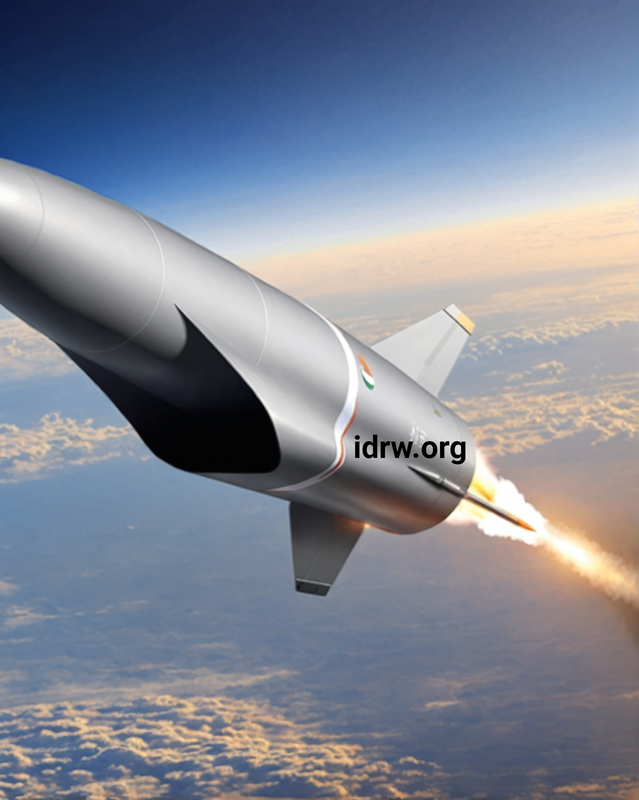

India’s Defence Research and Development Organisation (DRDO) is pushing the boundaries of missile technology with the proposed Hypersonic Missile Development Program under Project Vishnu. As part of this initiative, DRDO has set its sights on developing two long-range hypersonic missile systems. One of the most anticipated outcomes is the creation of the Hypersonic Cruise Missile (HCM), designed to revolutionize India’s strike capabilities and offer a formidable deterrent.
The Hypersonic Cruise Missile (HCM) will have a range of 1,000 km, and DRDO aims for it to enter production by the late 2020s. Unlike traditional cruise missiles, hypersonic weapons travel at speeds exceeding Mach 5, making them nearly impossible to intercept. According to recent developments, DRDO is working to outpace Russia’s 3M22 Zircon, a nuclear-capable hypersonic cruise missile, by targeting a speed beyond Mach 9 for the Indian HCM.
Continue readingSOURCE: RAUNAK KUNDE / NEWS BEAT / IDRW.ORG


India is set to become the first nation to receive 31 Predator drones equipped with two DAP-6 gun pods, each containing the formidable M134D-H rotary machine gun. This upgrade significantly enhances the Predator drones’ firepower, making them more versatile and lethal in combat roles.
The M134 Minigun, an American 7.62×51mm NATO six-barrel rotary machine gun, is known for its exceptionally high rate of fire, ranging from 2,000 to 6,000 rounds per minute. With its Gatling-style rotating barrel assembly powered by an external electric motor, the M134D-H is designed for sustained and rapid-fire, providing overwhelming firepower in a short period. The “Mini” in Minigun is a nod to its use of rifle ammunition, in contrast to the larger-calibre autocannon shells, like those of General Electric’s earlier 20mm M61 Vulcan.
Continue readingSOURCE: IDRW.ORG


In a significant boost to India’s defense export capabilities, Samtel Avionics System Ltd, based in Uttar Pradesh, has signed a contract with the Malaysian Air Force to equip its fleet of Sukhoi-30MKM fighter jets with Multi-Function Displays (MFD) and Head-Up Displays (HUD). This contract further strengthens the long-standing defense ties between India and Malaysia, while highlighting India’s growing role as a global defense technology provider.
The Multi-Function Displays (MFDs) being supplied by Samtel Avionics will enhance the capabilities of the Sukhoi-30MKM fighter jets by providing pilots with better situational awareness and a more intuitive interface to manage flight data and combat systems. Available in sizes of 5″x5″, 6″x6″, and 5″x4″, these MFDs will provide the Malaysian Air Force with advanced avionics that will modernize and extend the operational life of its Su-30MKM aircraft.
Continue readingSOURCE: IDRW.ORG


The Indian Army’s Provisional Staff Qualitative Requirements (PSQR) for the Zorawar Light Tank has sparked interest, especially in comparison to China’s Type 15 Light Tank, which weighs around 35 tons. Both tanks are intended for high-altitude operations along the Line of Actual Control (LAC) and other challenging terrains. However, the Indian Army has intentionally kept the Zorawar’s weight around 25 tons, significantly lighter than its Chinese counterpart. This decision was guided by several critical operational requirements that go beyond the conventional focus on firepower and armour.
According to a senior Indian Army officer closely involved with the project, four key factors influenced the Zorawar’s design specifications: airlifting capabilities for high altitudes, amphibious capability, power-to-weight ratio, and nominal ground pressure. These features are essential for operations in the rugged and varied terrain where the Zorawar is expected to be deployed, including the Himalayan borders near the LAC and the Rann of Kutch, a vast salt marsh area between India and Pakistan.
Continue readingSOURCE: RAUNAK KUNDE / NEWS BEAT / IDRW.ORG
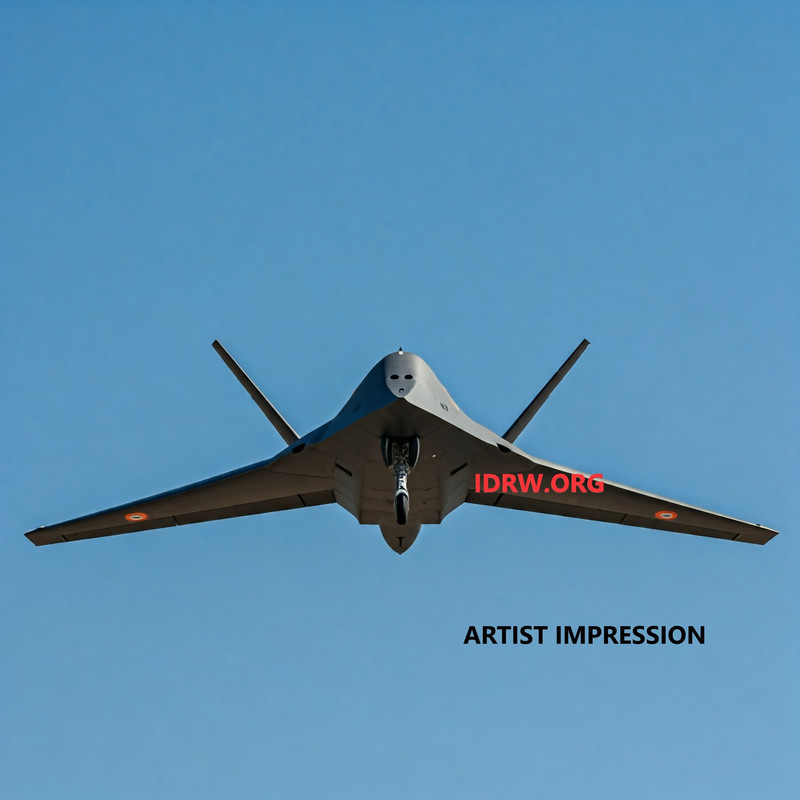

The Indian Air Force (IAF) is looking towards unmanned aerial vehicles (UAVs) for its future deep penetration strike capabilities, according to an anonymous IAF official speaking to idrw.org. This shift comes as the IAF plans to retire its fleet of Jaguar deep penetration strike aircraft starting in 2028, with complete retirement by 2035.
The Jaguar, known for its low-level, supersonic flight capabilities and ability to evade radar detection, has been a mainstay in the IAF’s deep strike missions. Jaguar pilots are trained for complex sorties aimed at neutralizing strategic enemy installations deep within hostile territory.
Continue readingSOURCE: RAUNAK KUNDE / NEWS BEAT / IDRW.ORG
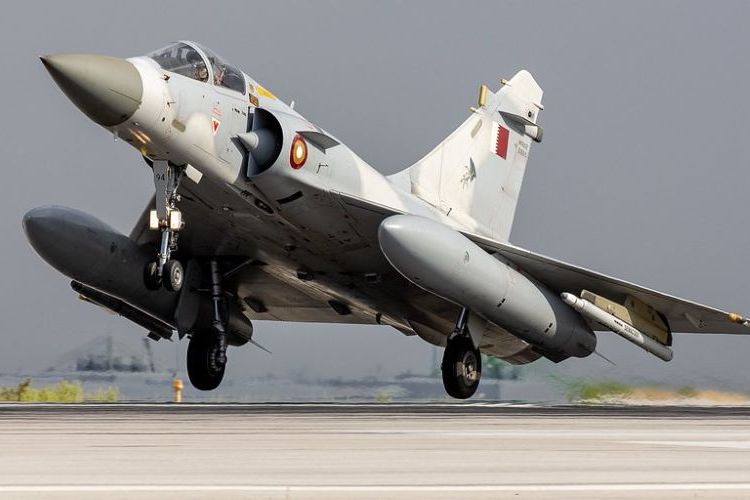

In June 2024, Qatar offered to sell 12 Mirage 2000-5 fighter jets to the Indian Air Force (IAF). This potential deal has sparked discussions within the IAF, particularly as the force looks to address the retirement of its MiG fighters and bolster its combat capabilities.
The Qatari Mirage 2000-5s, upgraded to meet modern standards, could potentially complement the two existing Mirage 2000 squadrons currently in service with the IAF. These jets, however, are no longer in production, making used options like this one attractive.
Continue readingSOURCE: RAUNAK KUNDE / NEWS BEAT / IDRW.ORG


The Indian Army is set to bolster its strategic capabilities with the deployment of Pralay ballistic missiles starting in 2026. These missiles, capable of striking targets at a range of 150 to 500 kilometres, are designed to counter threats from India’s northern borders.
The Pralay missile, a quasi-ballistic surface-to-surface missile, has been developed with advanced technology to evade interception by enemy interceptor missiles. Its unique design and trajectory make it a formidable weapon system.
Continue readingSOURCE: IDRW.ORG


During National Security Adviser Ajit Doval’s recent visit to Paris, crucial discussions took place between Doval and top French officials regarding strategic defense cooperation. Among the key topics was France’s offer to assist India in the development of two nuclear-powered attack submarines (SSNs) for the Indian Navy. This cooperation could mark a significant leap forward in India’s naval capabilities, as France has proposed sharing Pump jet propulsion technology and other non-nuclear technologies from its Barracuda-class SSN submarine program.
Sources familiar with the talks revealed that France’s offer goes beyond just technical assistance. Paris has expressed its willingness to cooperate on a range of submarine technologies, including the Pump jet propulsion system—a technology that enhances the stealth and efficiency of nuclear submarines. While it remains unclear if France has formally offered the complete design of its Barracuda-class submarines, all non-nuclear technologies integrated into these advanced vessels are reportedly on the table.
Continue readingSOURCE: IDRW.ORG
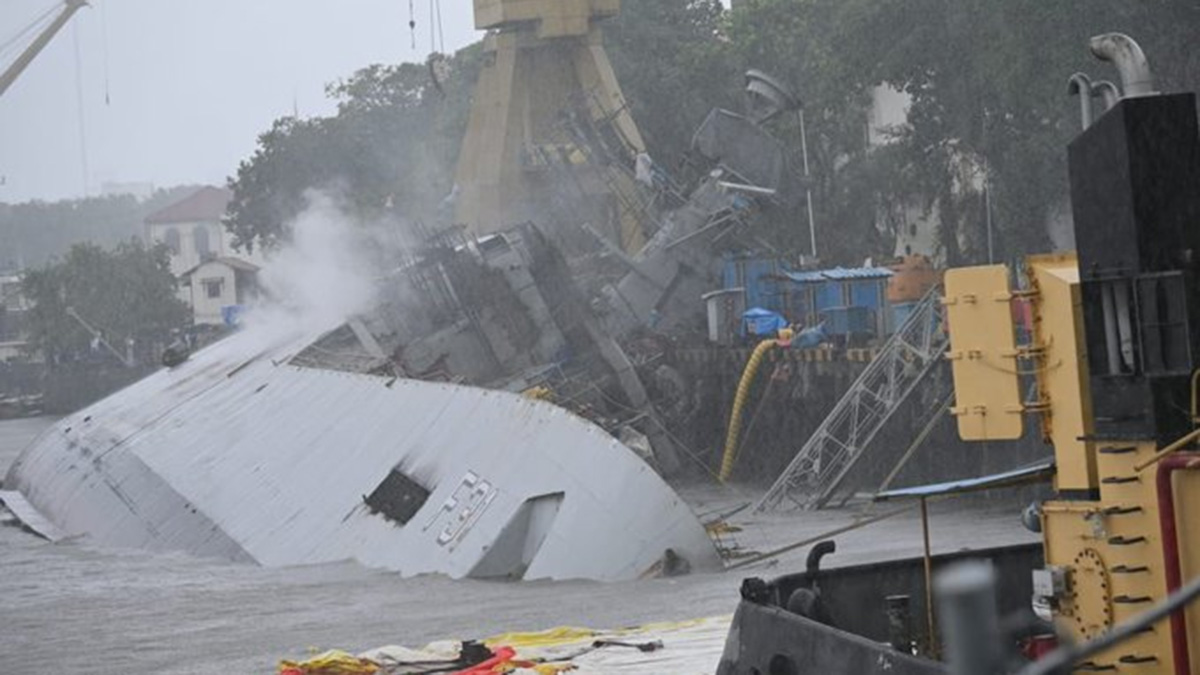)

The restoration of the Indian Navy’s warship INS Brahmaputra, which was severely damaged by a fire at the Mumbai Naval Dockyard, is set to be a lengthy and technically challenging process. According to officials familiar with the situation, the recovery could take over a year, as specialized machinery and technical expertise will be required to make the ship seaworthy again. The damage, exacerbated by water accumulation during firefighting efforts, has made the vessel difficult to upright, prolonging the recovery timeline.
On July 21, a fire broke out aboard INS Brahmaputra while the ship was undergoing a refit at the Mumbai Naval Dockyard. The fire caused significant damage to the 24-year-old guided-missile frigate and tragically claimed the life of one sailor. Though the fire was eventually brought under control, the vessel remains tilted toward the shore due to the weight of the water that was pumped in to extinguish the blaze. This excessive water ingress has added to the complexities of the salvage operation, making the ship extremely heavy and difficult to stabilize.
Continue readingSOURCE: RAUNAK KUNDE / NEWS BEAT / IDRW.ORG


Hindustan Aeronautics Limited (HAL) is set to initiate flight testing of outer dual rack pylons for the Tejas Mk1A fighter jets in 2025, a development aimed at significantly boosting the platform’s close combat capabilities. The new pylons will allow the Tejas Mk1A to carry two Close Combat Air-to-Air Missiles (CCMs), such as the Advanced Short Range Air-to-Air Missile (ASRAAM) or Python-5, on a single pylon, effectively doubling its short-range firepower.
The decision to integrate dual rack pylons followed the successful completion of wind tunnel testing of a scale model of the Tejas Mk1A, equipped with the dual rack configuration. These tests were carried out to gather critical data on aerodynamics and the missile separation process. Additionally, HAL conducted extensive computer simulations to study the effects of dual missile launches on the aircraft’s performance, particularly focusing on the potential for gas ingestion into the engine air intake.
Continue readingSOURCE: RAUNAK KUNDE / NEWS BEAT / IDRW.ORG
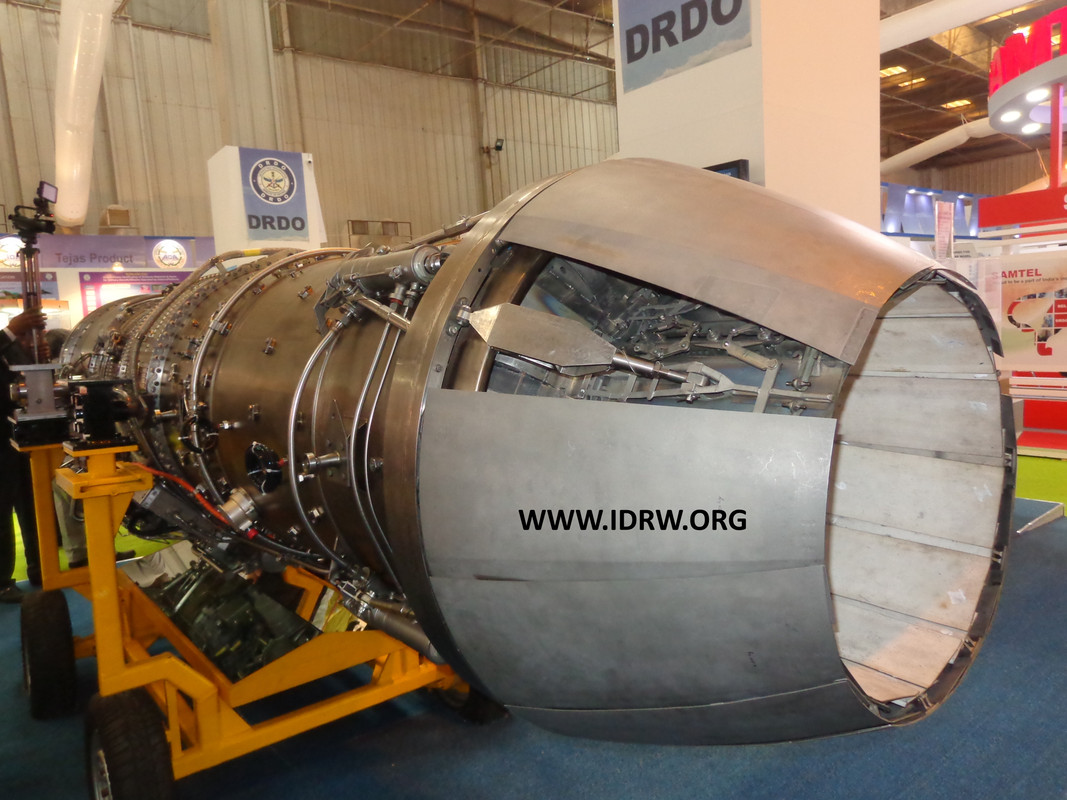

In a recent address at the Khatre Memorial Talks, Samir V. Kamat, Secretary of the Department of Defence Research and Development (DDR&D) and Chairman of the Defence Research and Development Organisation (DRDO), candidly acknowledged a key misstep in India’s fighter jet development strategy.
Kamat stated, “The mistake we made was to develop an engine (Kaveri) and platform (LCA) together.” This misjudgment significantly hampered the progress of the Kaveri engine and the Tejas Light Combat Aircraft (LCA), delaying both projects and preventing the Kaveri from becoming the indigenous power plant for Tejas. That’s never done. You design a platform around the available engine and engine development is a continuous process; that was a rookie mistake.
Continue readingSOURCE: RAUNAK KUNDE / NEWS BEAT / IDRW.ORG
.png)

Adani Defence, a key player in India’s defence manufacturing sector, is set to commence the production of high-calibre rounds for artillery guns from its facility in Kanpur starting in April 2025. This significant development comes as part of Adani Defence and Aerospace’s broader plans within the Uttar Pradesh Defence Industrial Corridor.
The Kanpur facility has already made significant strides in ammunition production, having commenced the manufacturing of small-calibre ammunition from its units. The upcoming production of high-calibre rounds for artillery guns marks the next phase of expansion for Adani Defence in the defence sector.
Continue reading